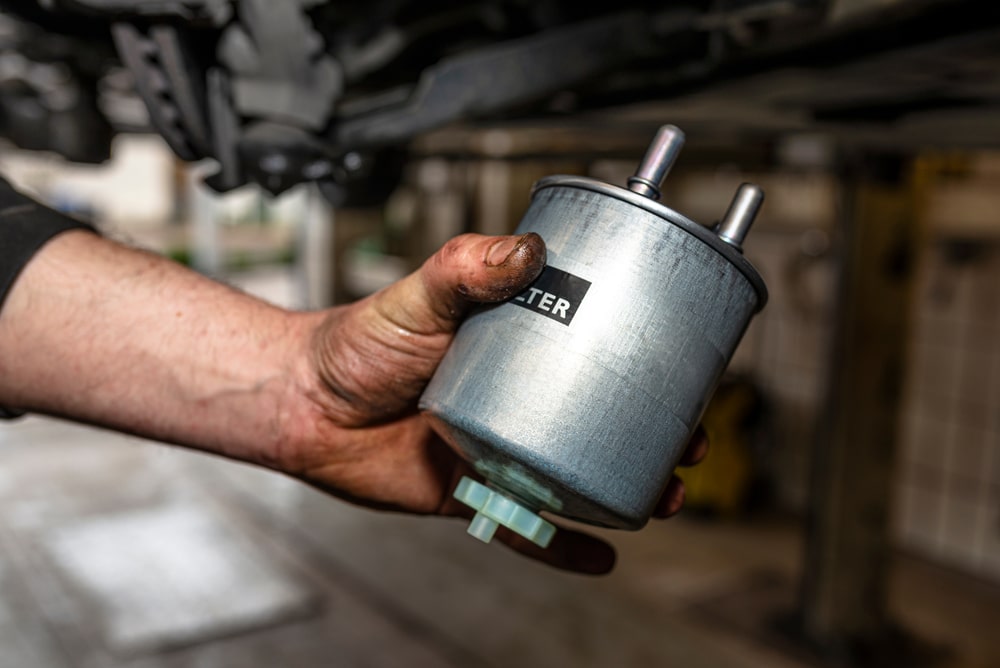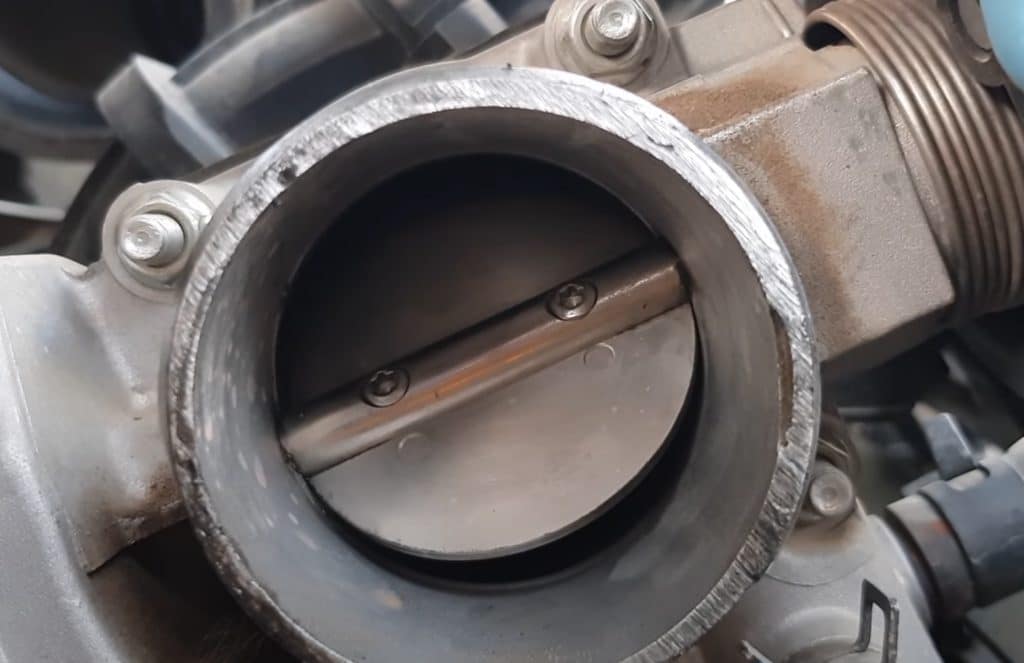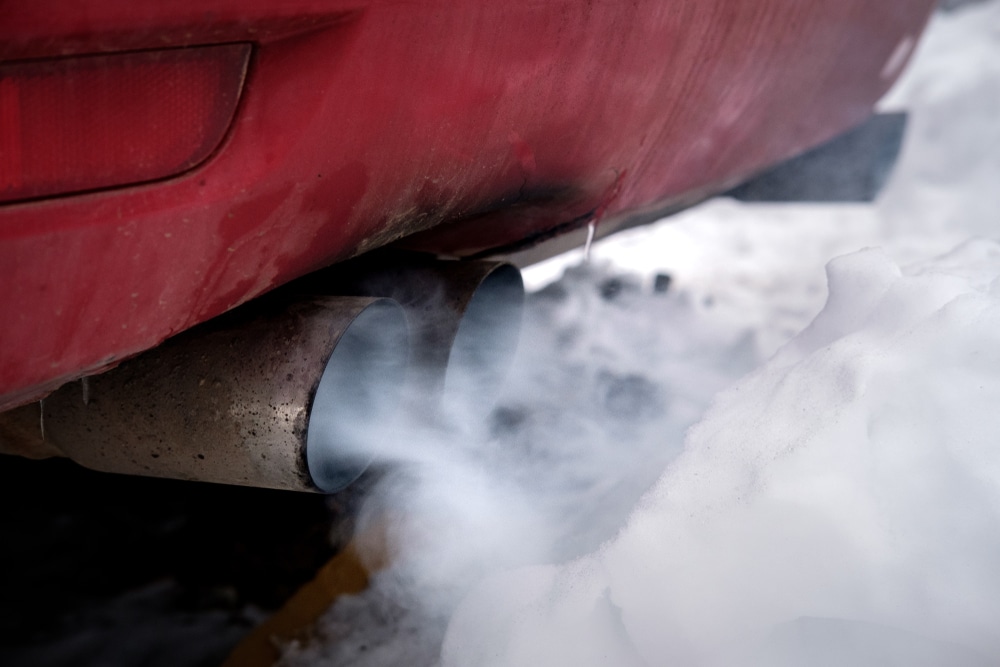Imagine cruising down the road, only to find your speedometer stubbornly stuck at 20 mph. A car that won’t go over 20 mph isn’t just frustrating—it can leave you stranded on highways and expose you to traffic hazards.
Here are 20 common causes for your car’s speed cap and how to fix each one, presented in bite-sized sections with practical advice.
1. Limp Mode Engaged

When the engine control unit (ECU) detects a serious fault—like low oil pressure or turbocharger failure—it may force the car into “limp home” mode, limiting top speed to protect components.
Fix: Scan for trouble codes with an OBD-II reader. Address the root fault—replace a failing turbo actuator or restore oil pressure—then clear codes to restore full power.
2. Check Engine Light Active
A lit CEL often signals problems that can trigger speed restrictions. Whether it’s misfires, sensor failures, or emission faults, the ECU may throttle performance.
Fix: Have a technician read the codes and repair the underlying issue—spark plugs, O₂ sensors or catalytic converter—then reset the system.
3. Transmission Faults

Slipping gears, low fluid, or internal wear can keep your car in first or second gear, capping speed under 20 mph.
Fix: Check transmission fluid level and quality. If burnt or low, flush and refill. Severe cases may require a clutch pack rebuild or solenoid replacement.
4. Fuel Pump Weakness
A failing fuel pump can’t deliver the pressure your engine needs at higher speeds, causing stalling or limp-along performance.
Fix: Test fuel pressure at the rail. Replace the pump or clogged in-tank filter assembly if readings fall below factory specs.
5. Clogged Fuel Filter

When fuel can’t flow freely, the engine starves under load. That can feel like a speed cap at around 20 mph.
Fix: Swap in a new, manufacturer-approved fuel filter—typically every 30,000–50,000 miles—to restore proper flow.
6. Dirty Air Filter
An air-starved engine loses power quickly. A heavily clogged filter chokes airflow, limiting acceleration and top speed.
Fix: Inspect the filter. If it’s dark or clogged, replace it—simple maintenance that often yields an immediate performance boost.
7. Faulty Mass Air Flow (MAF) Sensor
A bad MAF sends incorrect airflow data to the ECU, forcing a rich or lean mixture that triggers limp mode.
Fix: Clean the MAF with dedicated sensor cleaner. If cleaning doesn’t help, install a new OEM sensor for accurate readings.
8. Malfunctioning Throttle Body

Carbon buildup can stick the throttle valve, preventing proper opening. Your engine sees less air and won’t rev past low speeds.
Fix: Remove and clean the throttle body with throttle-safe cleaner. Check the electronic throttle actuator for faults; replace if necessary.
9. Ignition System Problems
Weak spark from worn spark plugs or failing ignition coils leads to misfires, rough running, and a self-imposed speed limit.
Fix: Replace spark plugs at the recommended interval and swap out any coils showing high resistance or intermittent operation.
10. Exhaust Restriction

A clogged catalytic converter or muffler can choke exhaust flow, reducing engine output. You’ll feel sluggish acceleration and a hard cap on speed.
Fix: Test backpressure with a gauge. If excessive, replace the converter or clear any debris blocking the system.
11. Brake Caliper Drag
A seized caliper or stuck pad can lock a wheel slightly, creating resistance that holds you back at low speeds.
Fix: Inspect wheel bearings and brake components. Lubricate guide pins or rebuild the caliper. Replace warped rotors or worn pads.
12. Torque Converter Trouble
In automatics, a failing torque converter clutch may not lock up, causing the engine to rev higher without speed gain. You’ll hover around 20 mph under load.
Fix: Have a transmission specialist test converter operation. Replace the torque converter if lock-up clutch engagement fails.
13. Vacuum Leaks
Leaking hoses or gaskets upset the air-fuel ratio, triggering a limp response and reducing power.
Fix: Spray carb cleaner around vacuum lines and intake gaskets while idling. If RPMs change, you’ve found a leak—replace the faulty hose or seal.
14. Faulty MAP Sensor
The manifold absolute pressure sensor helps the ECU calculate correct fueling. A bad MAP sensor can force limp mode.
Fix: Test the sensor’s voltage output. Replace it if readings fall outside the specified range.
15. Electronic Control Unit Glitch
Occasional ECU software glitches or corrupted programming can limit performance.
Fix: Perform an ECU reset by disconnecting the battery for 15 minutes or have a dealer reflash the module with updated firmware.
16. Overheating Protection
If coolant temperature soars, many modern cars reduce power to prevent engine damage, capping speed until the coolant cools down.
Fix: Check coolant level, radiator function, and thermostat operation. Repair leaks and flush the system to maintain proper cooling.
17. Clutch Slippage (Manual Transmissions)
A worn clutch can’t transfer torque effectively, causing the engine to spin without speed gain beyond a low threshold.
Fix: Have a mechanic measure clutch clearance and inspect the disc. Replace the clutch kit if it fails the slip test.
18. Differential or Transfer Case Lock
In 4WD vehicles, a stuck transfer case in low-range or a locked differential can hold top speed low.
Fix: Cycle the 4WD selector with the engine idling. Lubricate linkage and replace faulty actuators or control modules if it won’t shift out of low range.
19. Failing Engine Mounts
Bad mounts let the engine sag or twist under load, causing strange drag and hampering acceleration.
Fix: Inspect mounts for cracks or separation. Replace rubber or hydraulic mounts to stabilize the powertrain.
20. Low Fuel Quality
Contaminated or water-logged fuel can starve the engine, triggering misfires and limp mode.
Fix: Drain the bad fuel and refill with fresh, high-octane gas. Add a quality fuel-system cleaner to prevent future deposits.
Keep a simple checklist in your glovebox—fluid levels, filter dates, basic scan tool—and tackle these potential failures one by one. With routine maintenance and timely repairs, you’ll leave that 20 mph ceiling behind and enjoy smooth cruising at any speed.
